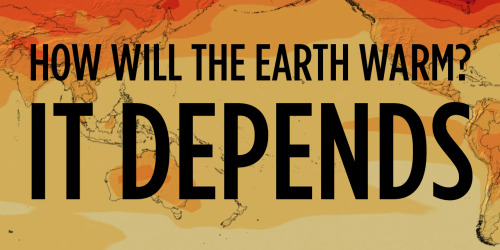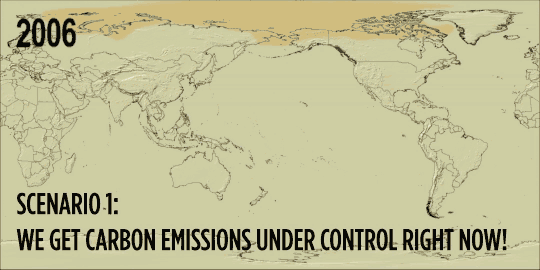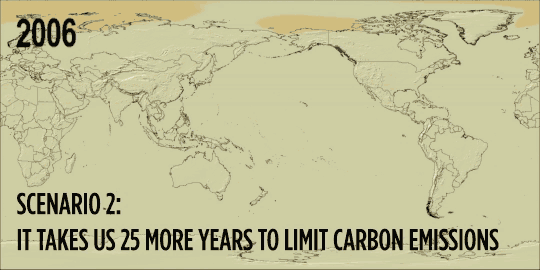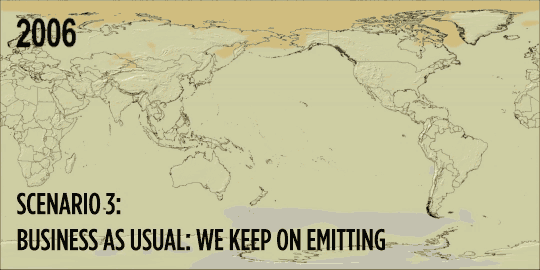Growth Of Electric Vehicle Charging Stations

Growth of Electric Vehicle Charging Stations
Source: https://imgur.com/cK5xOR9
More Posts from Envirographs and Others
![“thanks To Oil And Gas Wastewater Injected Deep Into The Ground, Parts Of [Oklahoma] Can Now Also Claim](https://64.media.tumblr.com/e2aa3423f247db4710c19e9ce35e5b8c/tumblr_o84m8t1T0f1rtczfso1_500.jpg)
“thanks to oil and gas wastewater injected deep into the ground, parts of [Oklahoma] can now also claim the dubious distinction of being among the most likely places in the United States to experience a damaging earthquake in 2016... The [USGS] report suggests that seven million people in parts of Oklahoma, Kansas, Colorado, New Mexico, Texas, and Arkansas face increased risks from human-induced earthquakes in the next year.” - National Geographic

The figures from the previous post on deforestation (from the UN Food and Agriculture Organization) have a significant impact on carbon emissions and climate change. Because deforestation releases carbon stored in plants and soils, deforestation has become a major source of global carbon dioxide emissions. Countries with greater deforestation have greater emissions as a result.
Forest conversion in Brazil 1990-2010 released 25.8 billion metric tons of CO2. The next four greatest emitters from deforestation were Indonesia, Nigeria, the Democratic Republic of the Congo and Venezuela. Combating climate change will require reigning in deforestation.

Changes in US tree cover since 2000 (purple is gain, red is loss)

According to environmental historian Philip Wright, declining oil transport by the Trans-Alaska Pipeline is one impetus for drilling in the Arctic National Wildlife Refuge (ANWR). Less oil in the pipeline means the oil moves slows and cools down faster, resulting in technical problems like ice and wax buildup. Drilling proponents argue that drilling in ANWR is necessary to increase the oil supply in the pipeline.

A recent report from the Energy Information Administration found that U.S. plant owners and operators are getting ready to retire 27 gigawatts’ worth of coal generation, or about 8.5 percent of the coal fleet, between now and 2016. Considering the substantial contribution of burning coal to climate change, coal plant retirements are one of the greatest ways to reduce carbon emissions.





As governments discuss climate change in Paris, they’ll be referring to the dire predictions of climate scientists. Here are three visualizations of possible futures based on detailed climate models and summed up by the United Nations’ Intergovernmental Panel on Climate Change (IPCC) in their 2013 report. The deeper the red - the hotter things are getting.
The message is clear: we better act fast.
How did they come up with these models? Read or listen to Nell Greenfieldboyce’s story.
Image Credit: NASA’s Scientific Visualization Studio and NASA Center for Climate Simulation

Glass recycling rates in Europe

Good read by Brad Plumer on the recent drop in China’s CO2 emissions.

Everglades (and south Florida, including Miami) with 2ft of sea level rise
-
 supremekidsonly liked this · 9 years ago
supremekidsonly liked this · 9 years ago -
 ecodex reblogged this · 9 years ago
ecodex reblogged this · 9 years ago -
 envirographs reblogged this · 9 years ago
envirographs reblogged this · 9 years ago -
 vulpes-aestatis reblogged this · 9 years ago
vulpes-aestatis reblogged this · 9 years ago -
 illuminahsti reblogged this · 9 years ago
illuminahsti reblogged this · 9 years ago -
 silvamorte reblogged this · 9 years ago
silvamorte reblogged this · 9 years ago -
 feardeniesfaith reblogged this · 9 years ago
feardeniesfaith reblogged this · 9 years ago -
 skink---kinks reblogged this · 9 years ago
skink---kinks reblogged this · 9 years ago -
 climate-changing liked this · 9 years ago
climate-changing liked this · 9 years ago -
 intheeyeofadiamond reblogged this · 9 years ago
intheeyeofadiamond reblogged this · 9 years ago -
 intheeyeofadiamond liked this · 9 years ago
intheeyeofadiamond liked this · 9 years ago -
 solrosfalt reblogged this · 9 years ago
solrosfalt reblogged this · 9 years ago -
 masteroflights reblogged this · 9 years ago
masteroflights reblogged this · 9 years ago -
 masteroflights liked this · 9 years ago
masteroflights liked this · 9 years ago -
 faiscequetupeux liked this · 9 years ago
faiscequetupeux liked this · 9 years ago -
 cosmicdreamshake liked this · 9 years ago
cosmicdreamshake liked this · 9 years ago -
 elagaballin reblogged this · 9 years ago
elagaballin reblogged this · 9 years ago -
 levitatedaily reblogged this · 9 years ago
levitatedaily reblogged this · 9 years ago -
 8armedparadox reblogged this · 9 years ago
8armedparadox reblogged this · 9 years ago -
 emperor-greniuk liked this · 9 years ago
emperor-greniuk liked this · 9 years ago -
 icecreamreblogs reblogged this · 9 years ago
icecreamreblogs reblogged this · 9 years ago -
 roxanne-in-prison liked this · 9 years ago
roxanne-in-prison liked this · 9 years ago -
 zibidil liked this · 9 years ago
zibidil liked this · 9 years ago -
 iliketrains458 reblogged this · 9 years ago
iliketrains458 reblogged this · 9 years ago -
 iliketrains458 liked this · 9 years ago
iliketrains458 liked this · 9 years ago -
 ximajs liked this · 9 years ago
ximajs liked this · 9 years ago -
 rudibood liked this · 9 years ago
rudibood liked this · 9 years ago -
 yonnaisen liked this · 9 years ago
yonnaisen liked this · 9 years ago -
 phooykazooi reblogged this · 9 years ago
phooykazooi reblogged this · 9 years ago -
 thecatandthemoon liked this · 9 years ago
thecatandthemoon liked this · 9 years ago -
 sanikiluaq reblogged this · 9 years ago
sanikiluaq reblogged this · 9 years ago -
 zhongguobeijingnishiwodeai liked this · 9 years ago
zhongguobeijingnishiwodeai liked this · 9 years ago -
 afuturefossilfuel liked this · 9 years ago
afuturefossilfuel liked this · 9 years ago -
 lapisbitch liked this · 9 years ago
lapisbitch liked this · 9 years ago -
 hiddentalentcountsfornothing liked this · 9 years ago
hiddentalentcountsfornothing liked this · 9 years ago -
 jazzthecat00 liked this · 9 years ago
jazzthecat00 liked this · 9 years ago -
 ussenterprisescience reblogged this · 9 years ago
ussenterprisescience reblogged this · 9 years ago -
 wymanthewalrus reblogged this · 9 years ago
wymanthewalrus reblogged this · 9 years ago -
 wymanthewalrus liked this · 9 years ago
wymanthewalrus liked this · 9 years ago -
 etceterodactyl liked this · 9 years ago
etceterodactyl liked this · 9 years ago -
 subliminallynotstraight reblogged this · 9 years ago
subliminallynotstraight reblogged this · 9 years ago
A visual exploration of environmental problems, movements and solutions.
151 posts
